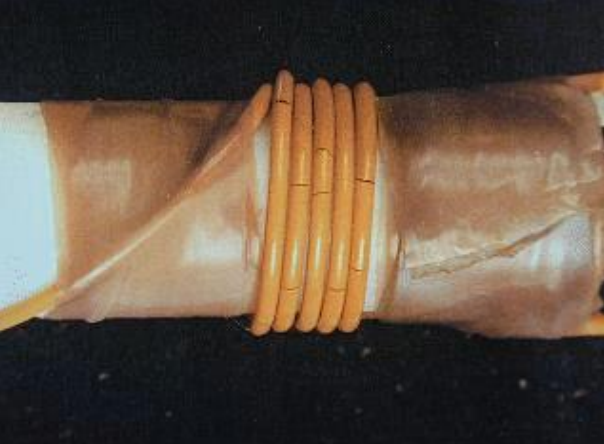Editor’s Note: This is the first part in a series of articles that addresses the needs of EWIS analysis and aging aircraft.
In the course of planning for your aircraft wire life extension program, eventually it becomes necessary to considering the wire system health. Like all other system components, wires (particularly the wire insulation) degrade over time and reduce the aircraft safety margins. Heat, mechanical strain, and fluids affect the wire insulation and, in time, can make the wire more susceptible to failure.
If you are interested in wire life extension, you may want to read Lectromec’s The Big Three Wire System Degradation Assessment Options article.
There are times at which a wire replacement program should be considered. The following is a list of common reasons that should help determine if an EWIS evaluation should be considered as part of a life extension program:
- Are you starting to see an increase in the number of wire related problems?
- Are you nearing the end of the certified life of the aircraft?
- Are the aircraft operating in elevated in climates with elevated heat and/or humidity?
- Is the aircraft more than 15 years since the last major rewiring program?
- Is the aircraft more than 20 years old?
- Do you have a need to reduce the number of harnesses to be replaced at the next maintenance cycle?
- Is there a need for reduce the cost of harness replacement?
- Is there a concern that wire degradation led to a loss of another aircraft in the fleet?
Answering ‘yes’ to zero of the above questions means that you are probably in a good position and not in an immediate need for wire degradation analysis services. Answering ‘yes’ to one or more questions means that you are a good candidate for an EWIS assessment to support your life extension program.

The goal of the EWIS risk assessment is to determine the additional susceptibility to failure based on the aircraft wiring degradation. It is therefore necessary to methodically evaluate the wiring system to determine the level of safety degradation. In particular, a wire system life extension program must answer the following questions:
- What is the condition of the existing wiring system? Has the wiring been stressed beyond its design limitation or has it operated in benign conditions?
- What parts of the wiring system need to be replaced now? What is the reason for the replacement?
- If not replaced, how much longer can the wiring be considered reliable? It is possible to make it to the next depot level maintenance without a significant impact on airworthiness?
With answers to the above questions, it is possible, based on sound engineering judgment, to determine the best course of action for your EWIS. This is the result of Lectromec’s EWIS risk assessment services. The comprehensive services are designed to be economically applied to any fleet or single aircraft.
The next article in this series will address the some concepts of EWIS risk assessment and how they are applied to aging aircraft.
